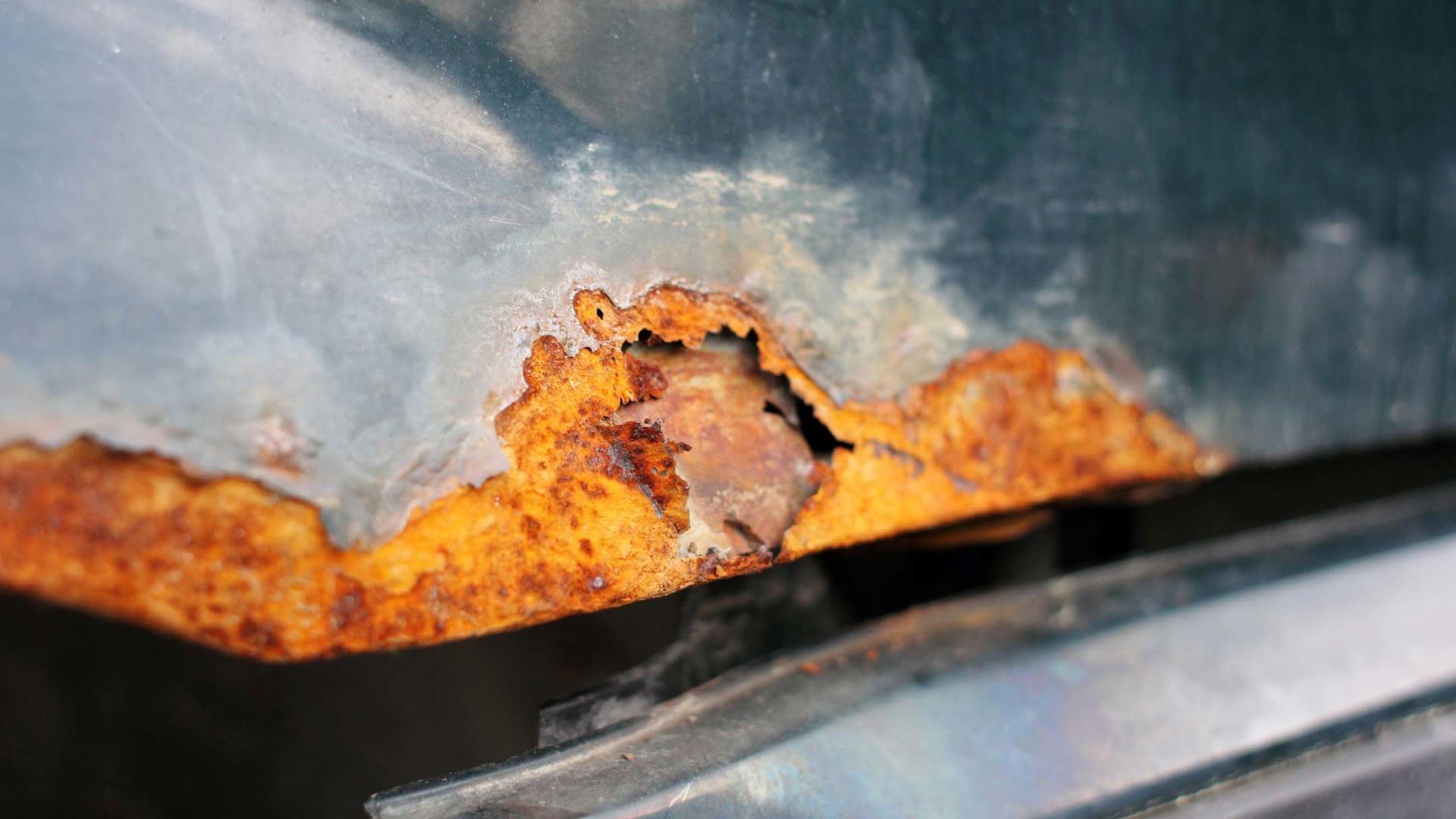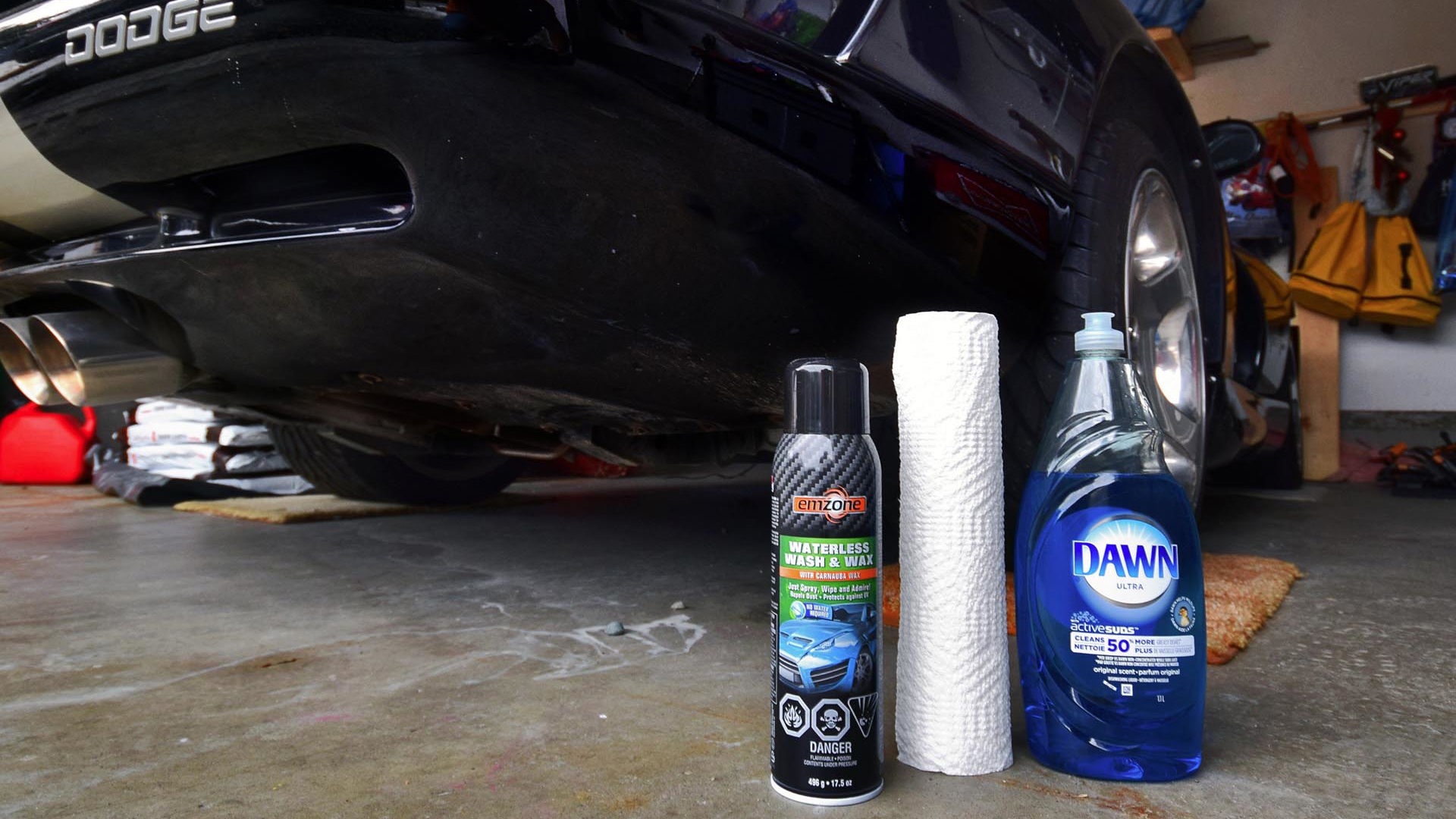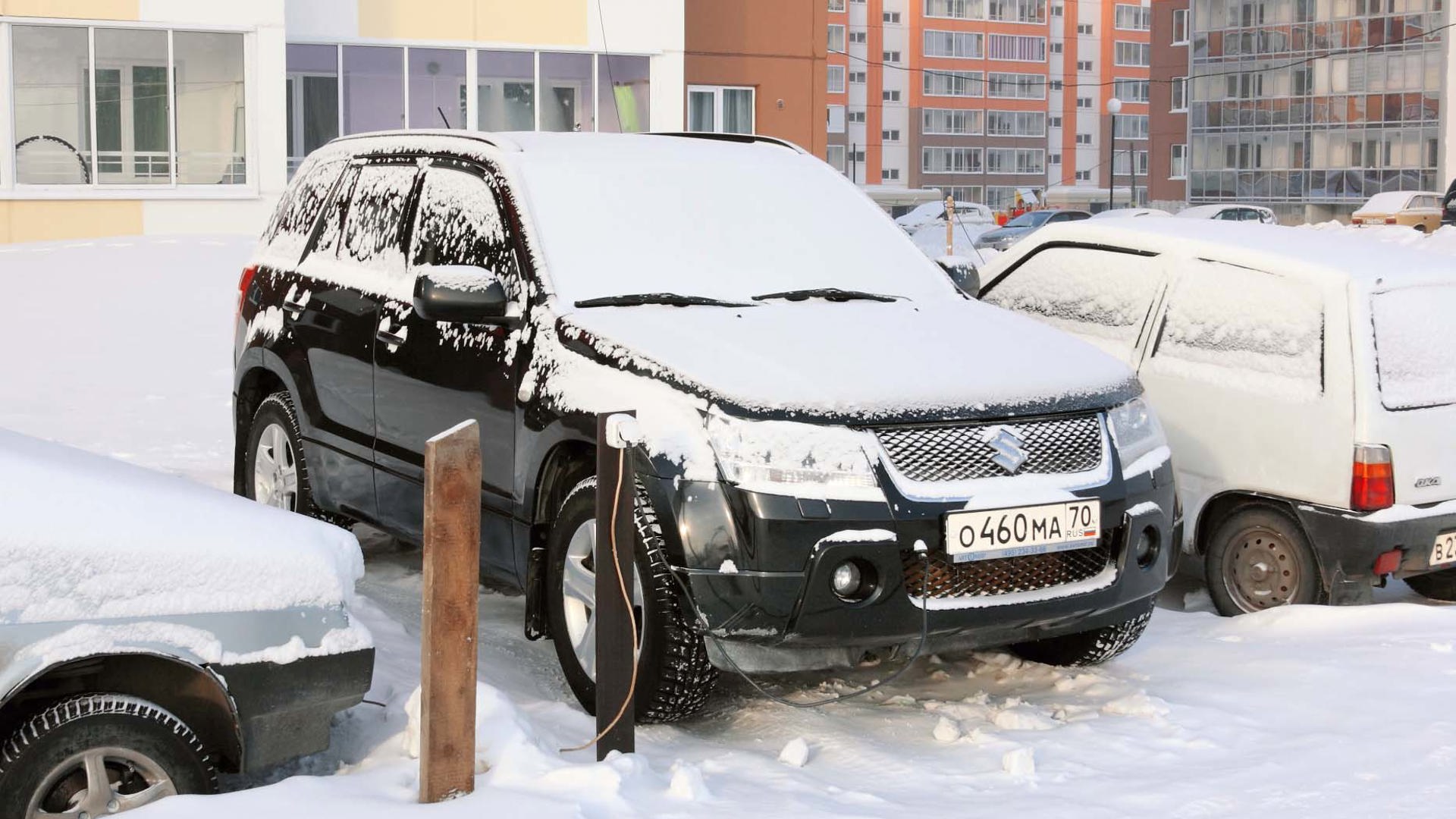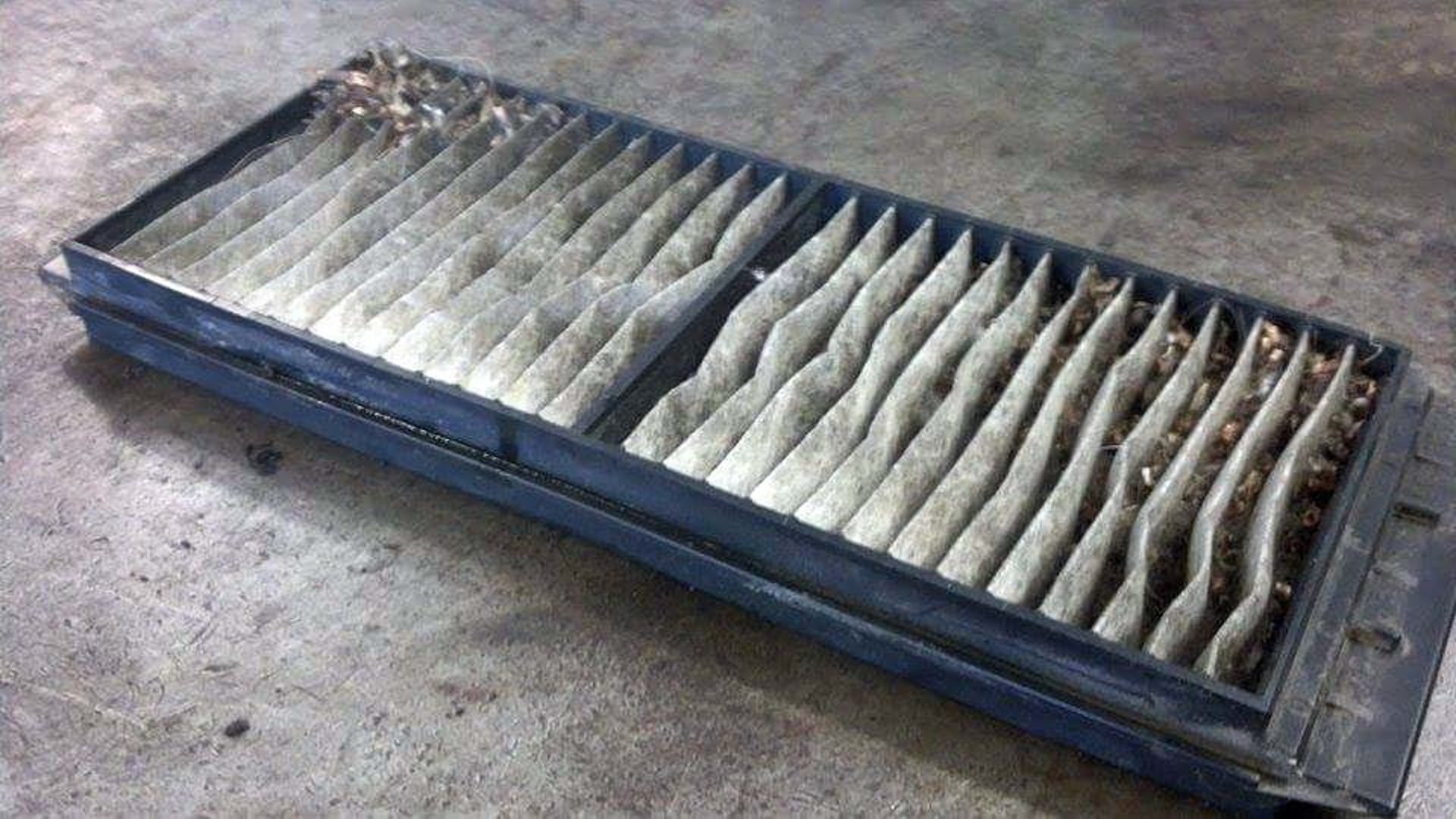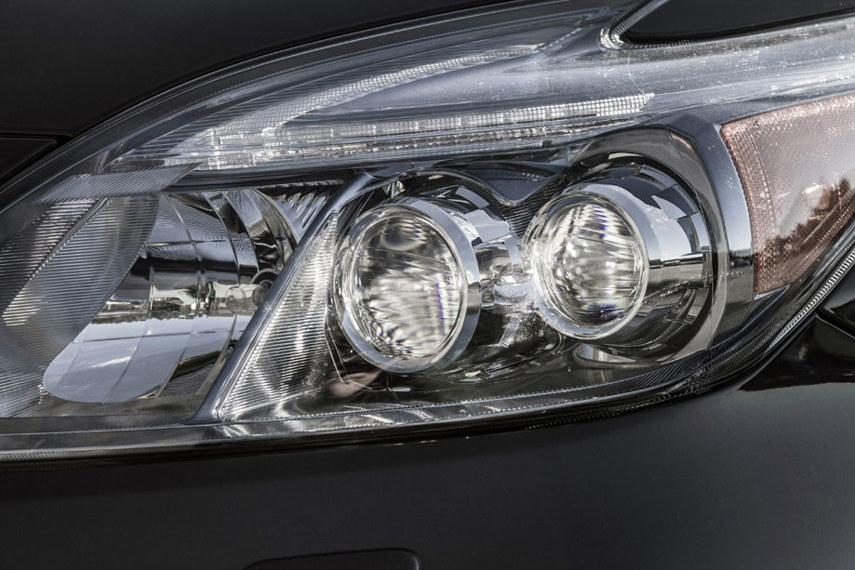Spring is on its way, and Canadians are collectively giving one of the harshest winters in recent memory a happy farewell. The last of the snow is melting, April showers are coming to wash the salt from the roads, and soon, your to-do list will rapidly expand to get the house and yard ready for the warm weather ahead.
Your trusty car, truck, or SUV would love some of your attention and care during this most beautiful and busy of seasons, too. Below, we’ll provide some tips to help you focus your efforts and give your car the TLC it wants, while saving time and money along the way.
Nuke the Salt and Sand
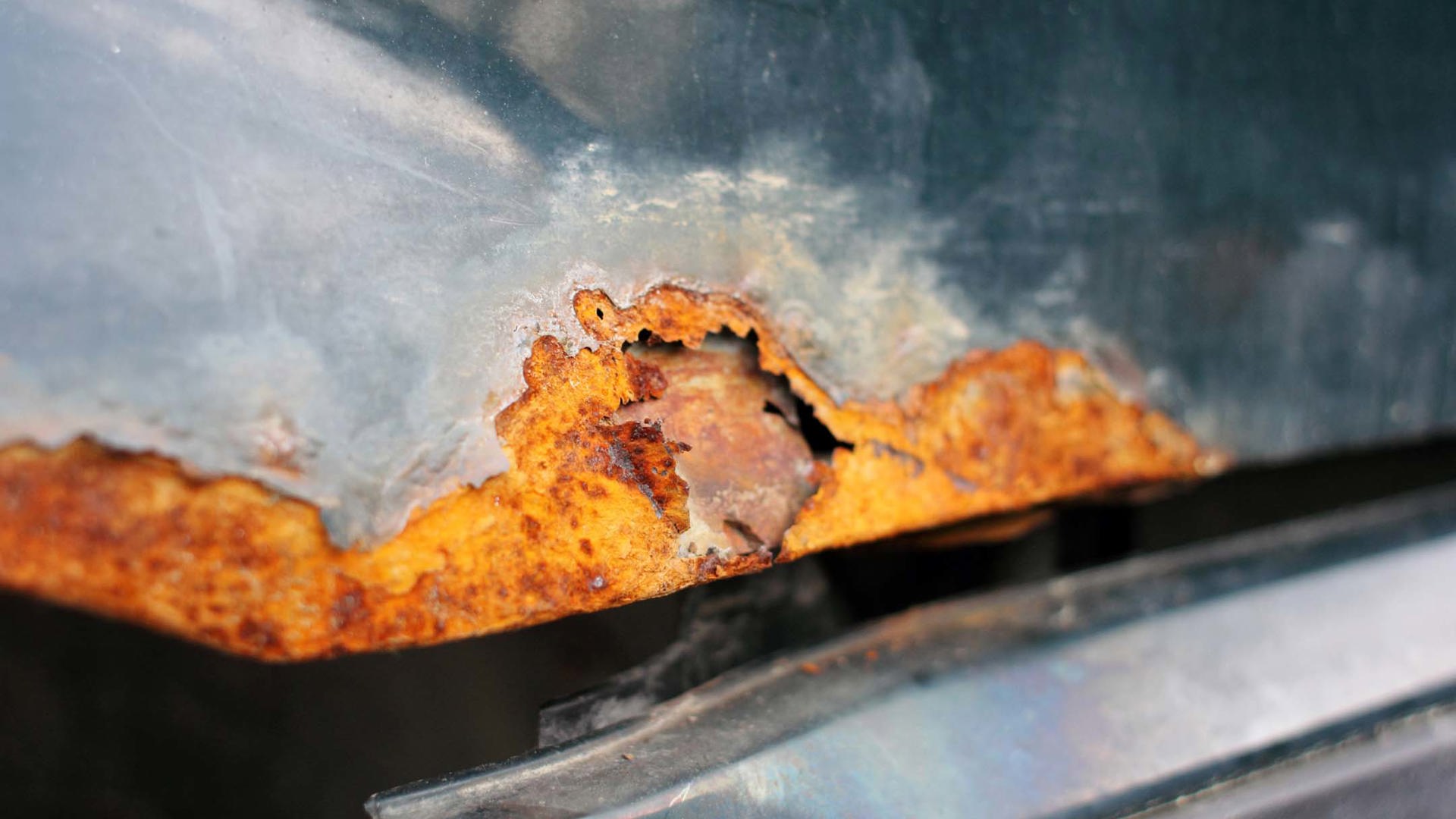
Salt and sand have probably taken up residence in various parts of your ride, both inside and out – and now’s the time to send it packing. Remember that salt, sand, and moisture are literally the three key ingredients required for the rapid formation of rust, so you’ll want to take this step seriously.
Start with a trip to your local coin-operated car wash, or just use your garden hose. Spend some quality time directing water into your vehicle’s underside, wheel wells, wheels, and any other vulnerable areas where salt and sand like to collect. Blast these nooks and crannies with fresh water, until it runs clear. This removes moisture-trapping sand, and associated salty deposits, which can quickly lead to rust if left unchecked.
Floor mats, next. Use the coin-operated pressure washer, or some hot water from your laundry-room sink, to blast and melt away caked-on salt deposits for a brand-new look. More aggressive salt staining can be removed with speciality salt cleaners, though some folks prefer a kettle of boiling hot water and a shop-vac to melt the salt down and suck it up.
Stubborn salt stains on fabric and carpeting can be quickly tackled with an orbital buffer and carpet-cleaning attachment, along with an appropriate cleaner. Just ensure everything is dry before reinstalling your floor mats, to avoid mould.
It’s Undercoating Season
The jury is out on the “best” time of year to undercoat your ride (or to touch up an existing undercoating treatment), but many an expert agrees that the fluctuating temperatures of springtime in Canada make it as good a time as any for the job.
Leah-Jo Mercer-Sbrega of Krown Rust Control explains: “Spring is a great time to protect your vehicle. With temperatures ranging the way they do this time of year, the metal on your vehicle expands and contracts a great deal, allowing our product to creep in and penetrate the steel – although it can be applied in any season.”
If you invest annually in an undercoating treatment to maintain your investment, it’s time to start thinking of booking your appointment.
Interior Cleaning on the Cheap
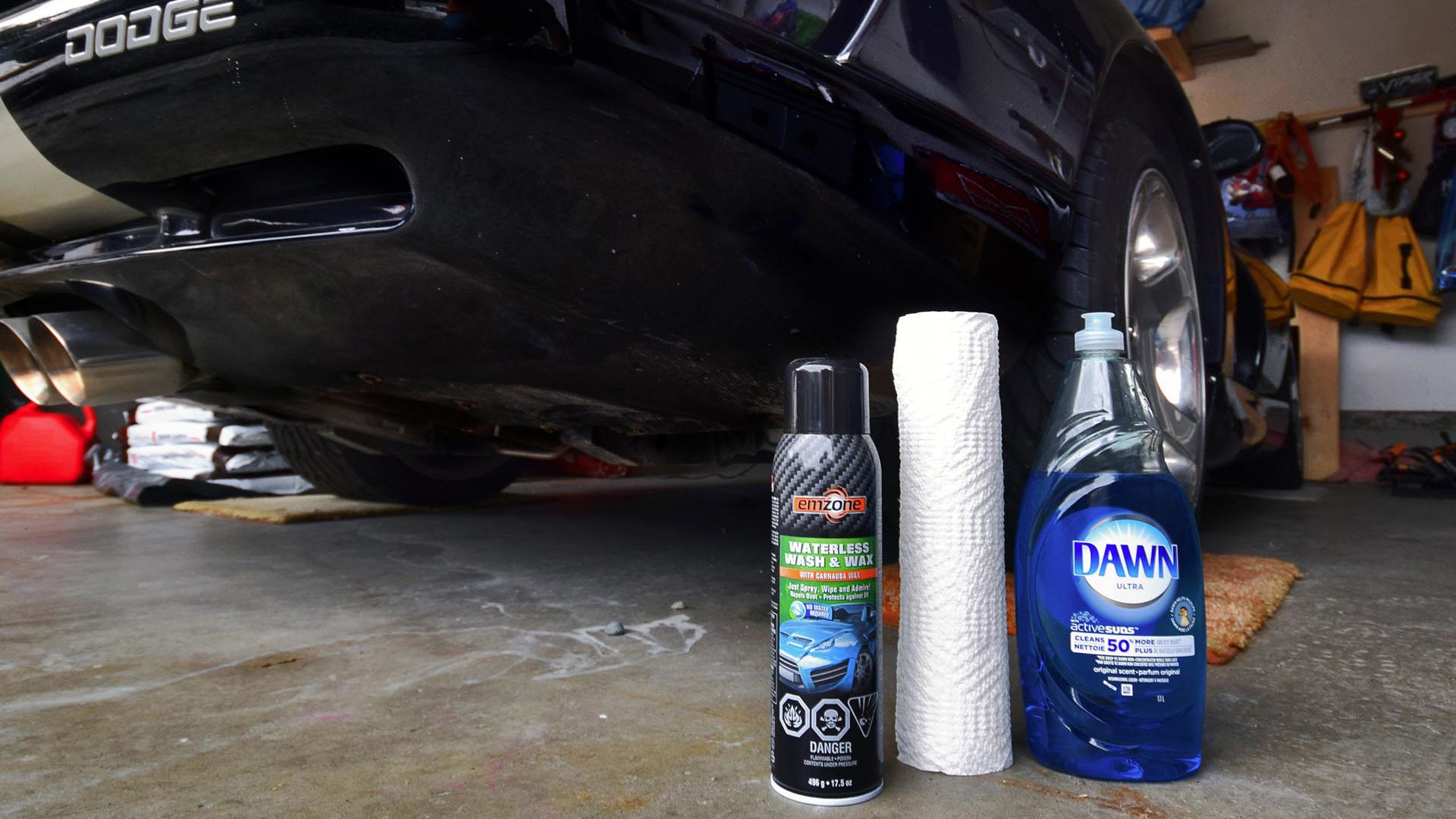
You could spend $40 on interior car cleaning products, or, you could follow our next tip instead, which will save you about $35. You’ll need about five drops of quality liquid dish soap, a pail, some dollar-store bristle paint brushes, and a few clean rags.
First, use your two-dollar paint brush to brush away crumbs, dust, and grime from all interior nooks and crannies, panel gaps, and the like. In about 90 seconds, this step ensures your interior will look clean, down to the finest detail.
Next, mix yourself a batch of one of the best automotive interior and glass cleaners going, by adding five drops of dish soap to a small pail or large bowl. Fill with hot water, mixing well but avoiding suds.
The resulting solution costs about 10 cents, and can be used with a clean rag to melt straight through dried-on stains, ketchup, smears, smudges, residue, and more. This heavily diluted solution will safely clean just about anything in your vehicle, and it’s also one of the best glass cleaners going, too.
Winters Off
Nothing says “Up yours, winter!” quite as loudly as swapping back over to your warm-weather wheels and tires – and when temperatures stay consistently above 7 degrees Celsius, the time is right to make the switch. You’ll save money by avoiding unnecessary, premature wear on your winter tires.
If you’ll do the tire change yourself, be sure to check all sets of tires for signs of wear, damage, bubbling, sidewall cracking, or other indications of potential issues.
Check and adjust tire pressures to spec, and store your winter tires and rims in a way that helps avoid degradation – ideally, sealed into a large plastic garbage bag and stored somewhere cool and indoors.
Block Heater Cord
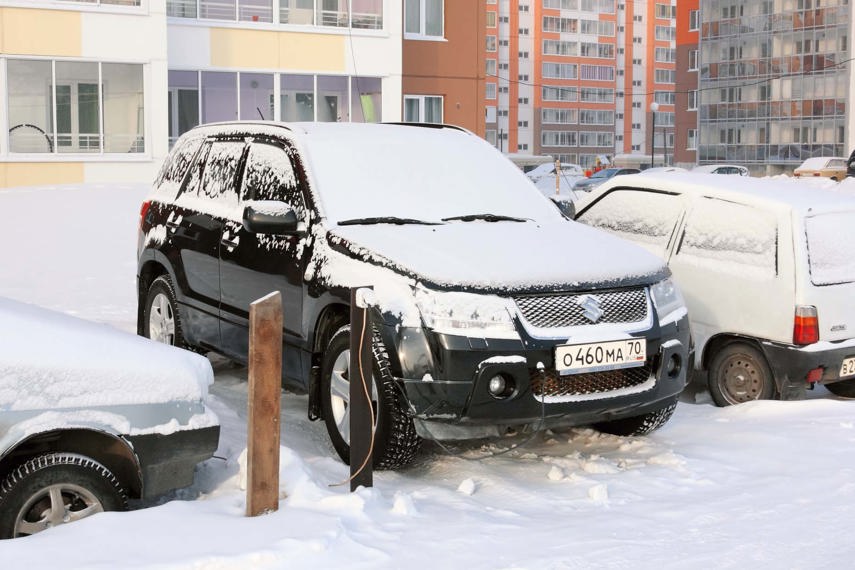
Spring is a great time to spend two minutes inspecting your block heater cord, to ensure it’s ready for action when the next winter arrives. Check the blades and surrounding areas for signs of corrosion, burn marks, or other issues, and follow the length of the cord to the block heater itself, looking for signs of damage to the wiring and insulation. A worn or compromised block heater cord can be a safety issue, or even a fire hazard – so if in doubt, make plans to have the cord changed ASAP. Keep the cord secured from excessive movement, and don’t forget to cover the metal plug blades to help fend off corrosion and wear.
Some Loving for Your Engine
Hopefully, your engine’s been good to you all winter long – and if so, chances are that it would appreciate a little springtime TLC in exchange.
Your vehicle’s specific maintenance requirements are outlined in the owner’s manual – but bear in mind that a fresh engine air filter, a fresh oil change, a new set of spark plugs, and a full check of the cooling system can go a long way towards maintaining the performance, mileage, and durability that came built into your ride.
Complete your spring maintenance ritual with a bottle of fuel injector cleaner for best results. Remember that you can’t overchange fluids and filters, and the earlier the better. You’ll want to have a technician check your ride over before the summertime family travel season arrives, so a springtime inspection and tune-up is a timely decision.
Cabin Air Filter
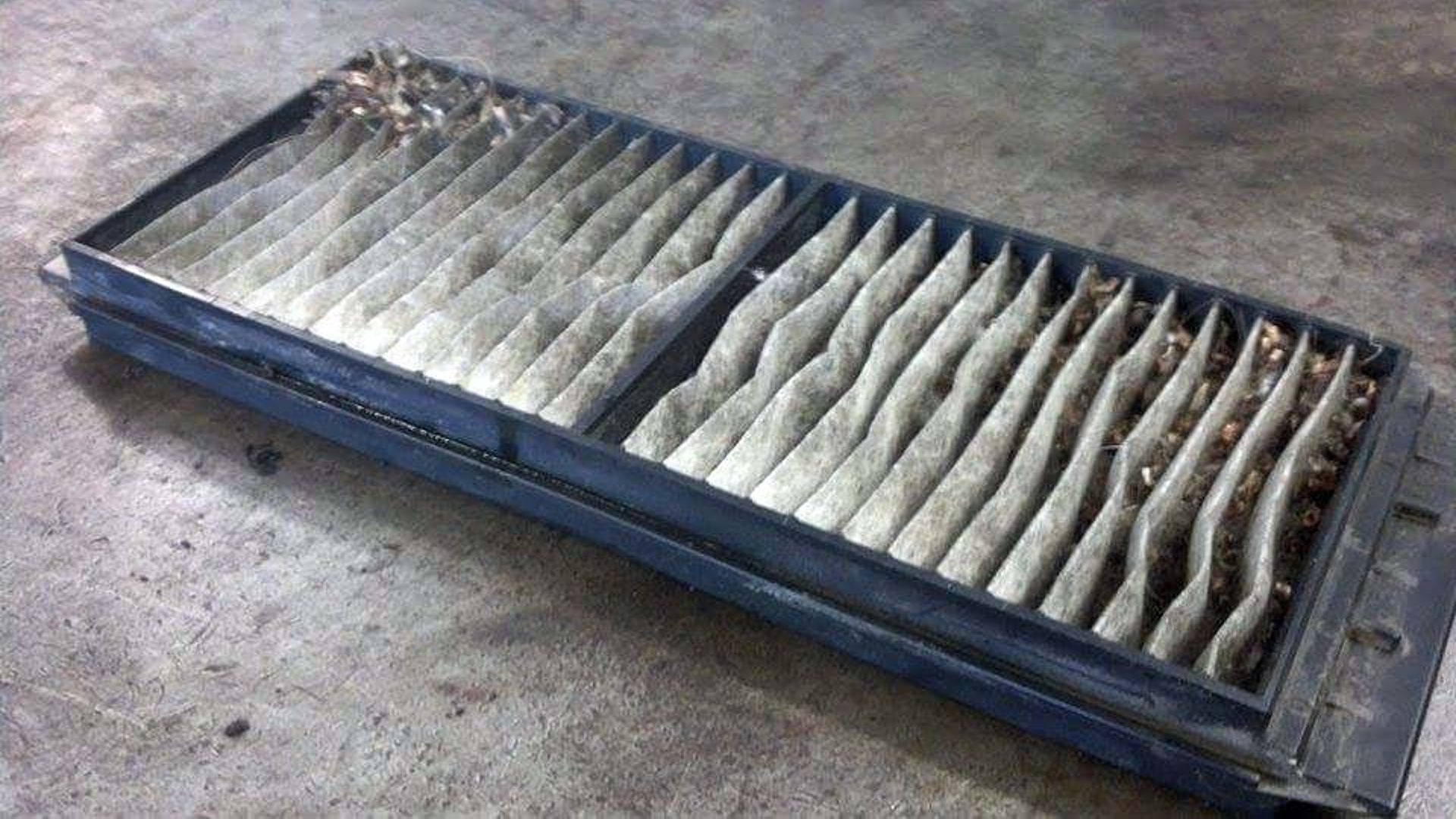
Rejoice! Soon, you’ll be turning the air conditioning on to fend off the summertime heat. When you do, your vehicle will need to ingest large amounts of air to pump through the A/C system, before delivering it to the cabin in chilly fashion.
Just remember your cabin air filter: most vehicles have these, and springtime is a great time to change them. If your cabin air filter is clogged with sand, salt, and dirt from a winter’s worth of highway driving (or worse) your vehicle’s A/C system has to work harder to do its job – which can wear it out more quickly, and waste fuel.
Thankfully, cabin air filters tend to be cheap and easy to replace. Instructions are located in your owner’s manual – and this filter replacement typically takes less than five minutes and requires few, if any, tools.
Charging System and Battery
Winter is extremely hard on your ride’s battery and associated componentry. Thankfully, battery and charging system care is quick and easy.
First, check the battery terminals for signs of a buildup of a salty, crystalline-looking substance, which can cause problems if left unattended. If you notice dirty battery terminals, clean them off with an appropriate wire brush and cleaner, lubricating them with appropriate electric-compatible grease. Specific instructions are likely in your owner’s manual. Ask an expert for advice if they’re not.
As this buildup can actually cause unwanted battery drain, removing it is a great idea.
Next time you’re in the shop for an oil change or tune-up, consider having a battery and charging system check performed, too. In moments, this can reveal potential problems that may keep you from being able to start your engine.
Visibility is Key
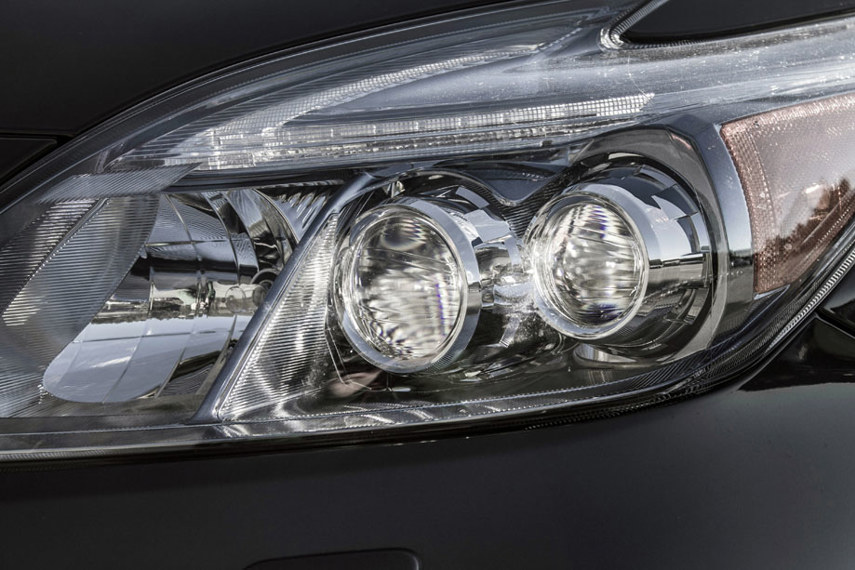
Springtime in Canada comes with a higher risk of wildlife encounters on the road, as creatures emerge from hibernation hungry, and in search of delicious food.
For this reason and others, visibility is especially vital to safe springtime travels. So, check headlights for proper aim, replacing any burnt bulbs in the process. Halogen headlights can dim over time, so adding a new set can often improve your nighttime illumination.
Also, be sure to ditch the winter wipers (if applicable), as these tend to be less aerodynamic and may not clear the windscreen as well at higher speeds, and in warmer temperatures.
Now’s a great time to install a fresh new set of wiper blades, and a water-repelling treatment, like Rain-X, to your windscreen. If required, consider emptying any wintertime washer fluid from your reservoir, and replace with a summer-appropriate fluid instead.
Time- and Money-Saving Tips for an Easy Exterior Shine
Comprehensively restoring your vehicle to a lustrous shine for the first time in many months can be a time-consuming process that requires the purchase of numerous expensive products. Or, it can take you about an hour, and cost you just a few bucks.
If you gravitate towards the latter, remember the following two tips.
First, a few squirts of WD40 can typically replace high-priced wheel cleaners and polishes, all day long. Just spray some onto a rag, and wipe your shiny rims clean. Then, use another rag to buff the wheels to a gleaming shine. The WD40 melts easily through gunk, and leaves a slick, non-stick, and shine-enhancing coating behind. It works nicely on chrome bumpers and trim, too.
Second, instead of manually waxing your car’s paint for hours on end, consider some spray-wax or instant detailer. After washing your car, move it to a cool and shady area, and spray this onto your still-wet paint. Dry as per the product instructions using a proper towel or rag, and you’ll have a water-repelling, freshly waxed shine in mere minutes – not hours.
Finally, never use dish soap on your vehicle’s paint, but don’t worry too much about spending big bucks on car wash soap. Many experts agree that affordable is just fine for car-wash soap, and that opting for a soap from a reputable brand that’s free of built-in wax or other non-soap additives typically provides the best results.

